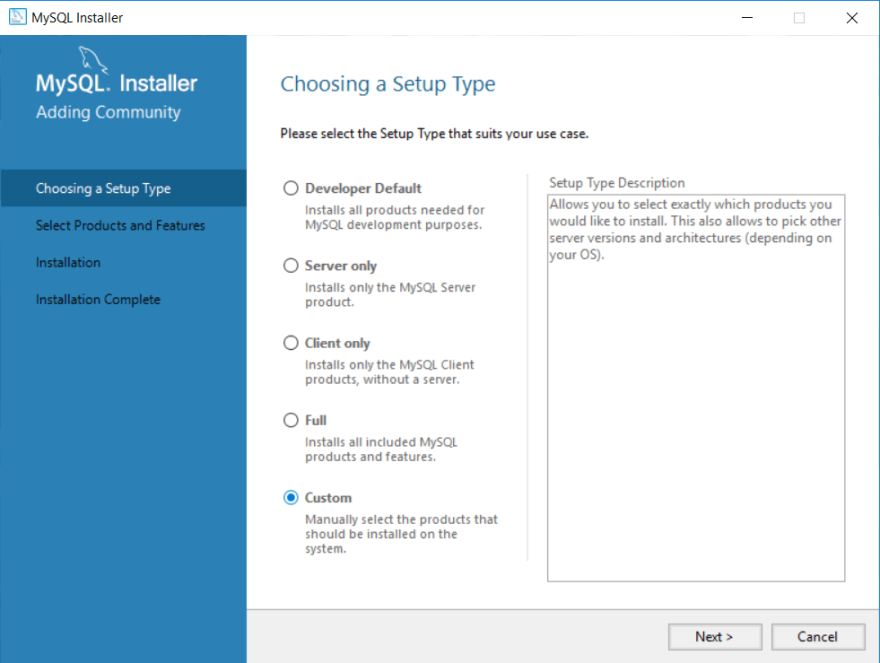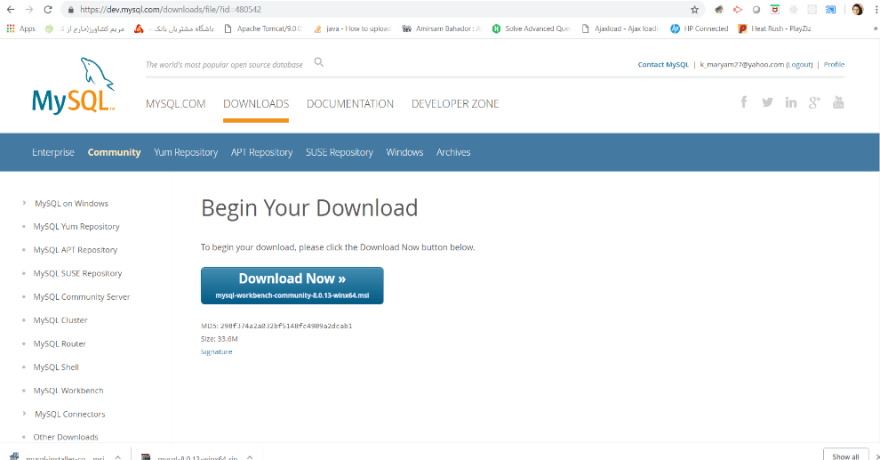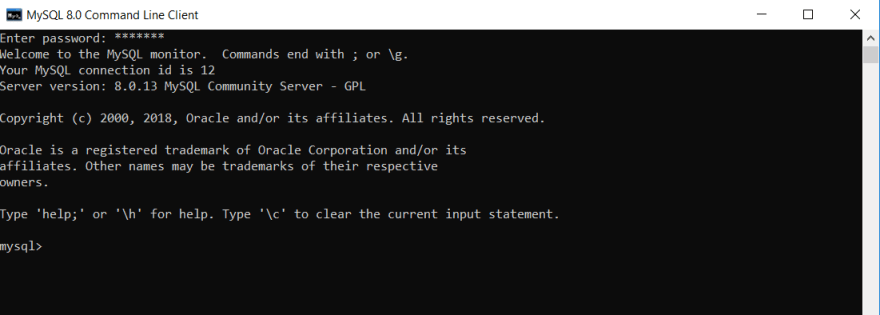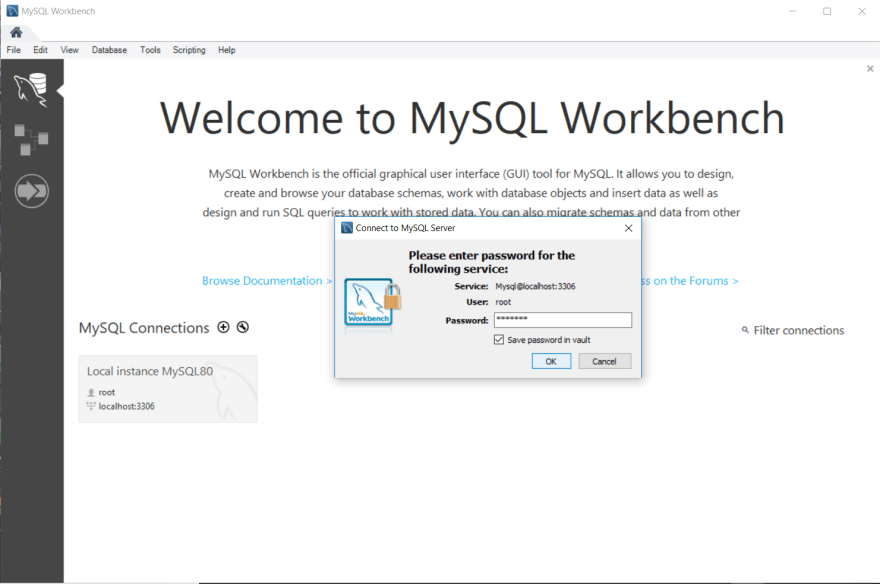in this article I describe about databases and type of them and installation of MySQL Database for backend development.
* What is database?
database is a collection of information with Regular structure that can be easily accessed, managed and updated.
* What are database elements?
Tables are elements of database. A database table is composed of records and fields that hold data. Tables are also called datasheets. Each table in a database holds data about a different, but related, subject.

* What are the different types of databases?
1- Relational databases(RDBMS) or SQL data structure: * databases like MySQL, Oracle, PostgreSQL use structured query language (SQL) for defining and manipulating data. * It is a safe choice and especially great for complex queries, but it can be restrictive. * It uses predefined schemas to determine the structure of your data before you work with it and all of your data must follow the same structure.2- non-relational #NoSQL data structure: * A non-relational database like MongoDB, BigTable, Redis, RavenDB Cassandra, HBase, Neo4j and CouchDB have dynamic schema for unstructured data, and data is stored in many ways: it can be column-oriented, document-oriented, graph-based or organized as a KeyValue store
how to start work with MySQL database?
-
installation:
- Open https://dev.mysql.com/downloads/mysql/ link and download mysql:

- Open https://dev.mysql.com/downloads/mysql/ link and download mysql:
After download and start installation in choosing a setup type use custom item because we need only install MySQL as a database:


Make sure your configuration should be like below information:

For Authentication Method insert your selected password and push add user button:
open up below link to download and install MySQL workbench to have visual MySQL database: https://dev.mysql.com/downloads/workbench/

After installation open up MySQL 8.0 command line client from MySQL folder in start menu and enter your MySQL’s password and press enter button

run MySQL Workbench Press local instance MySQL in the gray square and insert password of database:

now MySQL is running and we are ready to make database and tables.
10.31.2018
resources:
- http://www.dataversity.net/review-pros-cons-different-databases-relational-versus-non-relational/
- https://drive.google.com/drive/folders/18gas0zVtkClhD_83mQ_Q1TFFxERxa20k?usp=sharing
- https://www.cengage.com/school/corpview/RegularFeatures/DatabaseTutorial/db_elements/db_elements2.htm
- https://dev.mysql.com





Latest comments (0)